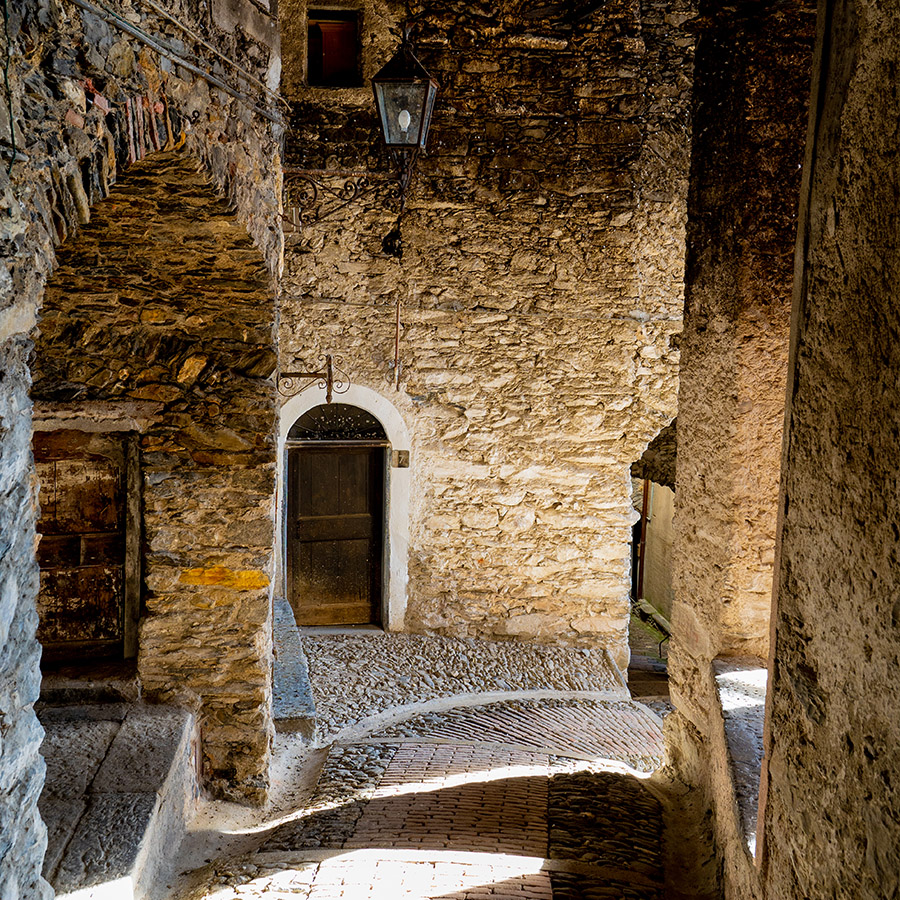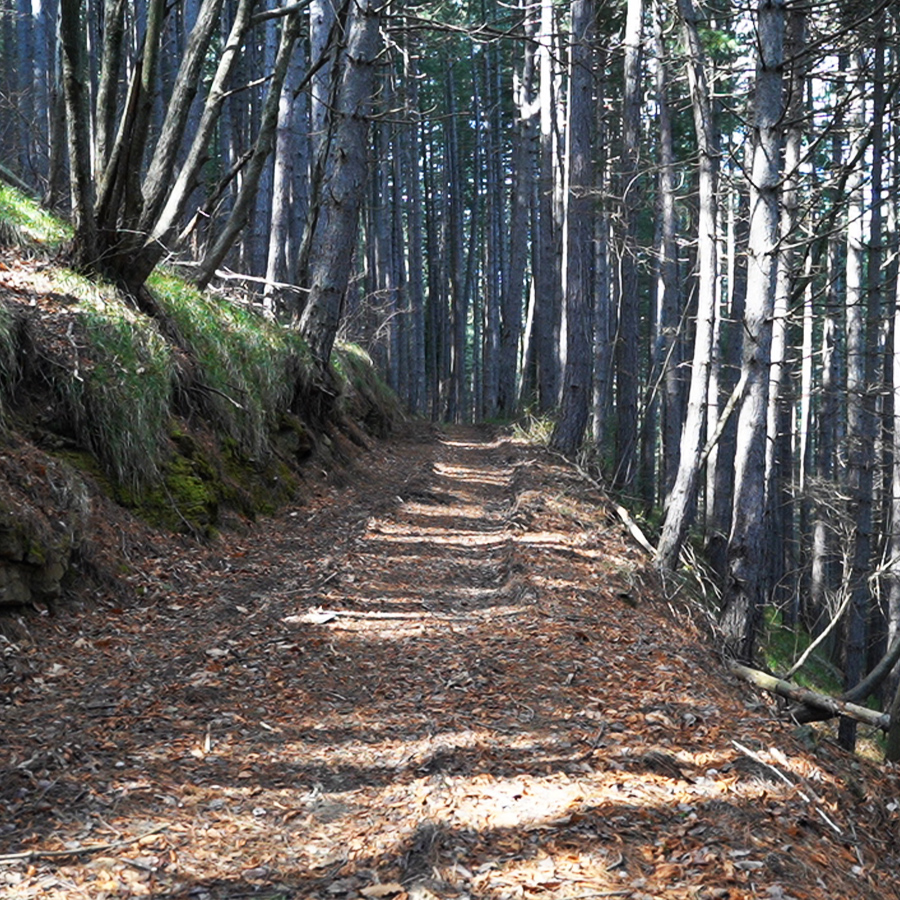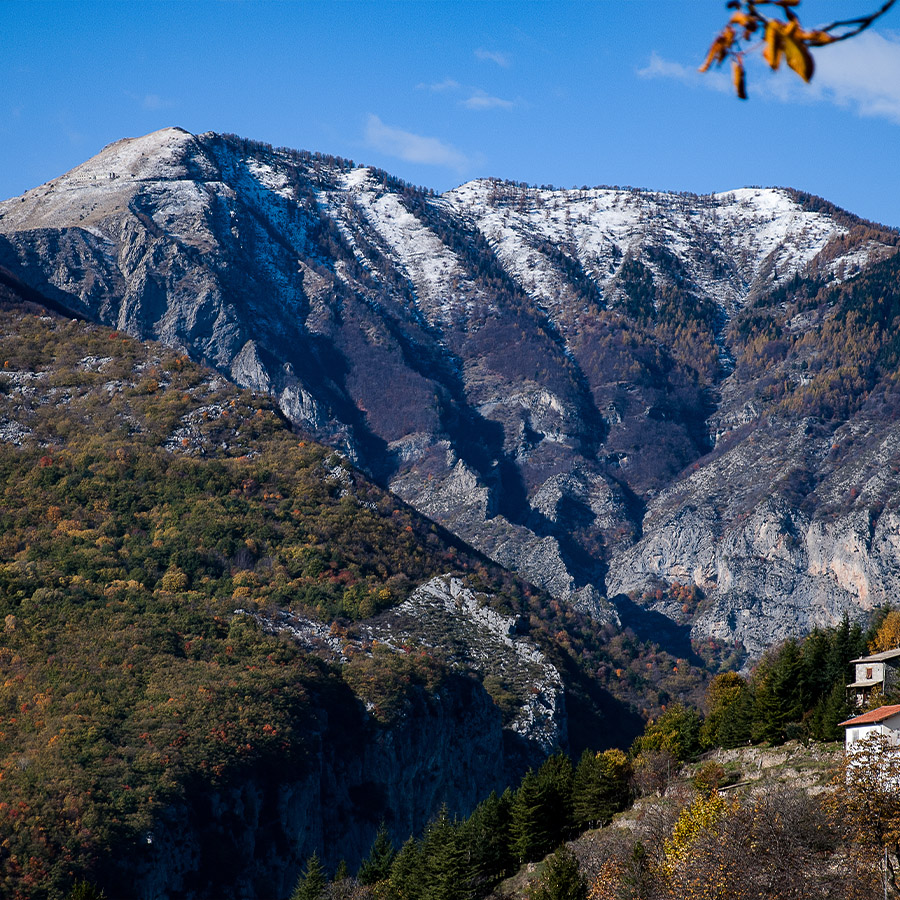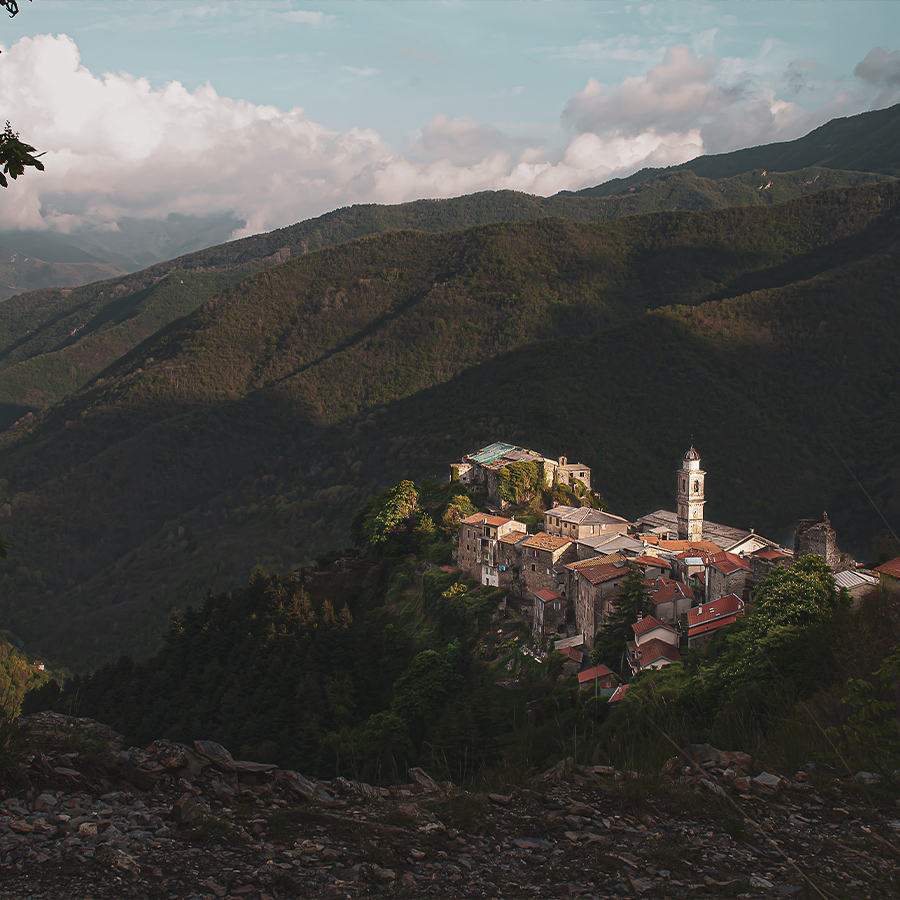Town
Here every stone has a story to tell

Visiting Triora’s museum system is not just about learning about the educational exhibition, but about experiencing Triora and its territory. One can enter the main town, visiting the small settlements located in a mountainous area that seems to be boundless. Stone, like wood, is the protagonist.
Stone can be seen, touched and speaks to us. Wood supports, protects and divides. Wood for floors, for windows and doors, some of which are very old. Ligurian survivals. What is good cannot be changed. Stone has total symbolic value. Here we know the stone and especially the local slate.
Use these lines for a preparation to discover a treasure. You have a playing field made up of the neighbourhoods: you visit the museums, you enter Triora through the Porta, then you can go up to the Cima. You will meet the most important mansions. Other buildings only on the Cima.
Then get lost going downwards in the Camurata and the Sambughéa. The Camurata indicates the built-up area defended by walls. Go as far as the Poggio, jutting out towards the Argentina valley. There are treasures to look for. Crossroads of arcaded streets. Houses based six or seven storeys below.
Read more
The passage of the “Cappuccino” is worth the journey. Cisterns and fountains are six hundred years old and there are three of them in the village. The treasure to be sought is in the stone portals. We start with those that are at least eight hundred years old and arrive at the simple slate model with smooth jambs and architrave.
There are a number of archaic portals that have been walled up, because the houses have changed over the centuries. There are portals and windows with the architrave distinguished by a central pointed engraving, which recalls a model from nearby Provence. There are portals with the YHS trigram, which they know well in Triora because St Bernardine of Siena showed it here in 1418. Others with the Lamb of God, the symbol of St John the Baptist. There are reliefs with flowers, with faces of the owners, with books and objects, the sun and moon, bearded figures, all arcane and mysterious. The inscriptions were intended by people of considerable culture. To protect the house or make it clear who lived in it. Look at the doorposts: you will often find ancient engravings: people, symbols, objects, names and dates.
It is a living world of stone, reflecting the types of houses. There are all the historic houses of mountainous Liguria. Medieval houses that have remained with their original three floors, council houses built into each other, high society palaces with more than ten rooms. A town where local masons worked as well as Lombard stonemasons and masons, the antelami masters.
If they came here from the Lake Como area, they were undoubtedly attracted by the remarkable possibilities offered by a world that is mountainous, but demanding and rich in culture and natural resources.
The historical practicability: walking as it used to be, as it always was
You can take an ancient map of the territory of Triora. Whether it is 200 or 400 years old changes little. The roads are those chosen and maintained over the centuries. The man of the past, with his mule, loved the fastest route, even if it was steep, because he was a good walker. The challenge is here, for us, today.
That map shows us at least eight historic, stone-paved roads leading out of the village of Triora. Passages that are thousands of years old. Those necessary to go towards the sea, not by chance with the chapel of the Madonna del Buon Viaggio below the village. In general, however, you go uphill. The network of links is like a spider’s web that reaches every village, large or small. On a large scale it is like a fan. If you go up to the right, looking at Corte, you will find yourself on the road under the pastures of Monte Fronté.
On the left you will come across villages such as Bregalla, Creppo, towards the Molino di Verdeggia, and then on to the Brigasca land, which once meant “going abroad” to Triora. This is a great pastoral road. In the centre it climbs steeply, towards the Trono and Pellegrino mountains.
There the historical mystery places the origins and protection of the community, where people go in procession on the second Sunday after Easter, for a religious vow that hides a much more ancient myth. We reach the Garlenda pass. Garlenda, Provençal term, franc, waron: the crown of the mountains of Triora that allows you to go to the meadows of Tanarello, for the shepherds and think of Piedmont for those who trade, travel, go on adventures. Like you, like everyone.

“Brigasca” land

Since 12 October 1947, the municipal territory of Triora also includes a portion of what was once the municipality of Briga Marittima. So: main town, Briga, now in France. Realdo and the surrounding area close to the Alps, on the maritime side, for Triora and other centres in Piedmont, to form the municipality of Briga Alta.
Being Brigaschi does not mean being from Triora. There is a difference. In addition, the Brigaschi are present beyond the Brigasca land. For example, the most common surname in the province of Imperia is ‘Lanteri’. Lanteri, like Pastorelli or Dani, are Brigasque surnames. So, a politically divided territory, now more united in the European context of overcoming borders, but at the same time composed of a great attention to cultural uniqueness.
In fact, the Brigasque territory is grouped around high mountains, over 2000 m. But “mountains unite”, as the Provençal saying goes. Being Brigasque means speaking an Alpine Ligurian idiom and having experienced the common economic and historical, pastoral, commercial and architectural events of a mountain fiefdom, landlocked: it seems impossible for a region that everyone identifies with its sea. And yet, in the past, perspectives were different.
In relation to the “Briga” culture, the Municipality of Triora is referred to the Occitan minority according to the law of 15 December 1999, n. 482, Norme in materia di tutela delle minoranze linguistiche storiche.
Dialect in Triora
The municipality of Triora does not have a very high population density. It is true that many people from the large towns along the coast originate here.
There are also two linguistic dimensions in the territory, that of Triora and that of the Brigasca area. The Triora dialect must be considered with its transformations, in relation to the reduction in the number of people speaking it. Still, it is good to know some of it, because the places you will get to know when visiting Triora and its natural environment are identified by dialect names, albeit Italianised.
In Triora, a very characteristic Alpine Ligurian dialect is defined. The strongly Ligurian imprint is also linked to the Genoese control over the area, which began 800 years ago. Among the curiosities worth remembering is the large number of proverbs, directly linked to the careful observation of the countryside and Nature.
Another very emotive distinctive sign was the indication of the bond of marriage. Husband and wife were one person. If the wife spoke of her husband, she used a double pronoun: ‘nuie(r)’, meaning ‘we-him’, and the husband did the same for ‘nuiela’, meaning ‘we-him’.
Finally, Triora should be considered a town, with historical differences between the districts. These differences were also expressed in the dialect: the “popular” areas of Sambughea, Camurata and Poggio used different terms, especially for objects and furnishings in the house, if any, than the wealthy people of Cima and Porta.
In addition, the isolated localities had their own specific dialectal declensions.

